Back in 2021, Web3 dominated headlines. NFTs were selling for millions, DAOs were forming overnight, and blockchain was being touted as the future of everything—from art to democracy. However, the buzz has since died down. Despite the quieter atmosphere, the technology itself hasn’t disappeared. In fact, it has quietly matured.
Today, blockchain powers real, useful applications—many of which operate behind the scenes. While the hype has cooled, development has continued steadily. Let’s explore where blockchain technology is thriving in 2025, well beyond the crypto frenzy.
1. Supply Chain Transparency Is Now a Necessity
Consumers and regulators increasingly demand transparency, and blockchain is rising to the challenge.
-
For example, Walmart and IBM’s Food Trust continues to grow. It uses Hyperledger to track food provenance, cut waste, and speed up contamination response.
-
Similarly, luxury brands like LVMH leverage blockchain to fight counterfeiting and verify product authenticity.
-
Furthermore, companies now link emissions data to blockchain for reliable ESG reporting, particularly in high-regulation sectors like mining and logistics.
2. Decentralized Identity (DID) Is Gaining Ground
Rather than relying on passwords and usernames, users can now manage their credentials with blockchain-based identity systems.
-
Microsoft Entra Verified ID, for instance, enables secure hiring, academic record sharing, and health data verification.
-
Meanwhile, governments in Estonia and South Korea are piloting citizen ID systems that give people control over their own data.
As a result, users enjoy greater privacy and security.
3. Real-World Asset Tokenization Is Surging
Beyond NFTs, blockchain is transforming traditional finance through the tokenization of tangible assets.
-
Leading financial institutions such as BlackRock and JPMorgan have launched Ethereum-compatible platforms for tokenized funds, improving efficiency in settlement and clearing.
-
In addition, fractional real estate ownership is being tested in cities like Dubai and Singapore. These pilots allow investors to buy small portions of properties using blockchain-backed tokens.
Consequently, asset ownership is becoming more accessible and liquid.
4. DePIN Is Powering Physical Infrastructure
Decentralized Physical Infrastructure Networks (DePIN) represent one of Web3’s most promising frontiers.
-
Helium Network rewards users for running IoT-compatible wireless hotspots.
-
Filecoin and Arweave provide decentralized storage solutions that challenge traditional cloud providers.
-
Furthermore, Render Network connects creators and developers with GPU owners, distributing rendering power in a cost-effective way.
In short, everyday users are helping build real-world infrastructure—and getting paid for it.
5. Web3 Gaming Is Quietly Leveling Up
Although NFT hype has faded, blockchain in gaming is evolving in meaningful ways.
-
Platforms like Immutable X, Ronin, and Polygon now offer smoother, gasless transactions for blockchain-based games.
-
Games such as Shrapnel and Big Time combine high-quality gameplay with real digital ownership.
-
Players can now truly own, trade, and monetize in-game assets, moving beyond simple collectibles.
As a result, Web3 gaming is inching closer to mainstream adoption.
6. Enterprise Blockchain Is Doing the Heavy Lifting
Enterprises are integrating blockchain into core operations, albeit with less fanfare.
-
Companies like Salesforce, SAP, and Oracle offer blockchain-as-a-service tools for contract automation, compliance, and recordkeeping.
-
Additionally, smart legal contracts are streamlining settlements in industries like insurance and cross-border finance.
While not headline-grabbing, these developments have a real impact on efficiency and trust.
Conclusion: Web3 Isn’t Dead—It’s Maturing
The speculative frenzy of early Web3 may be over—but that’s actually a good thing. In its place, a more sustainable, functional ecosystem is emerging. Today, blockchain is solving real problems in identity, finance, logistics, infrastructure, and gaming.
Ultimately, Web3 in 2025 isn’t about hype or quick wins. Instead, it’s about building decentralized systems that are reliable, secure, and meaningful. The builders never stopped. You just have to know where to look.

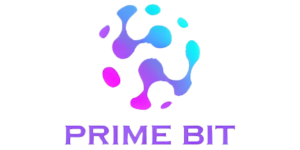
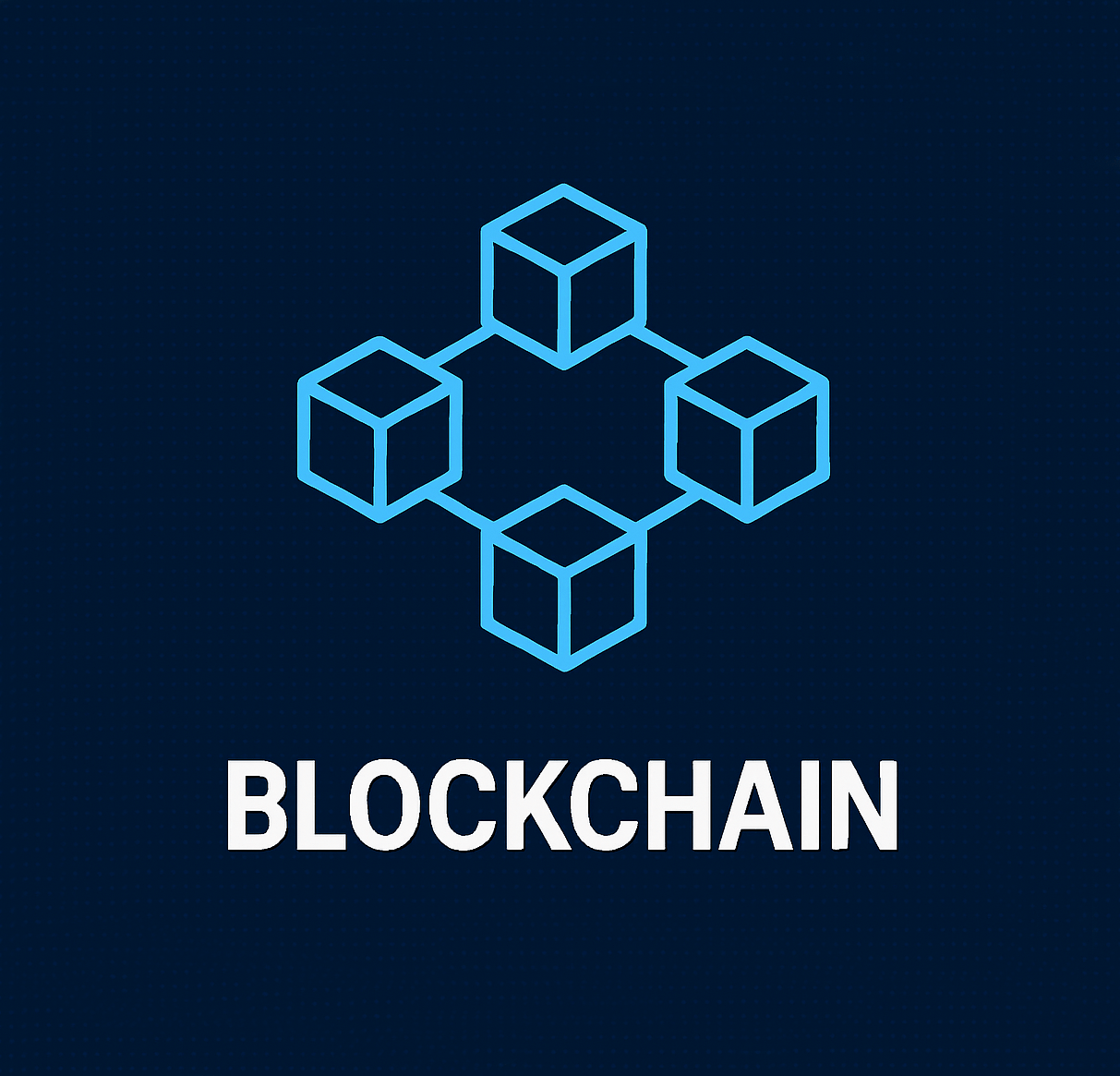
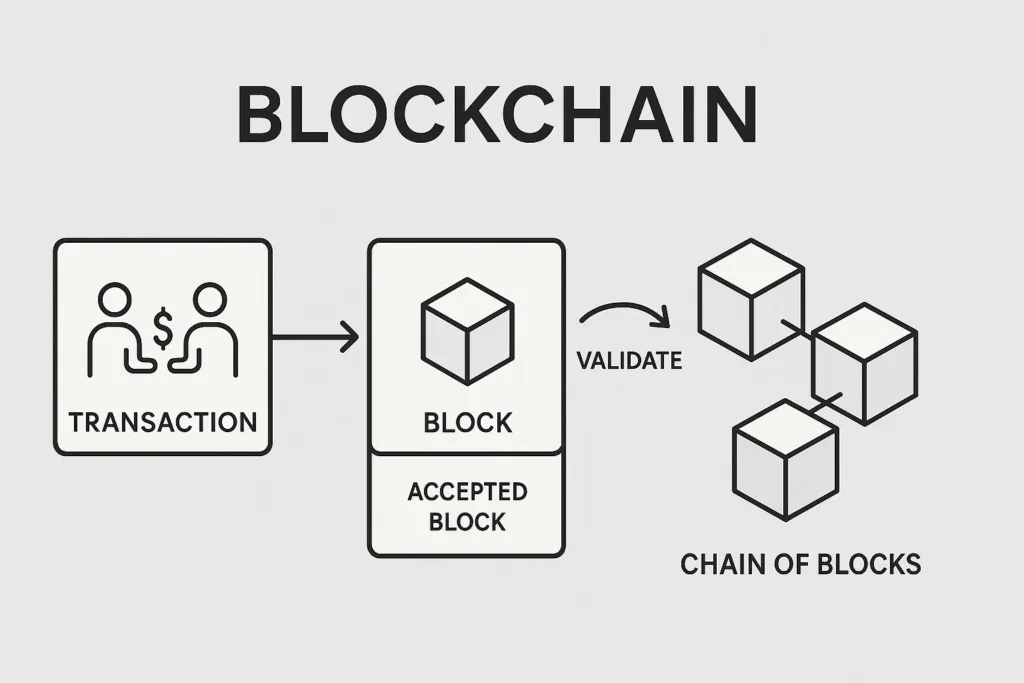
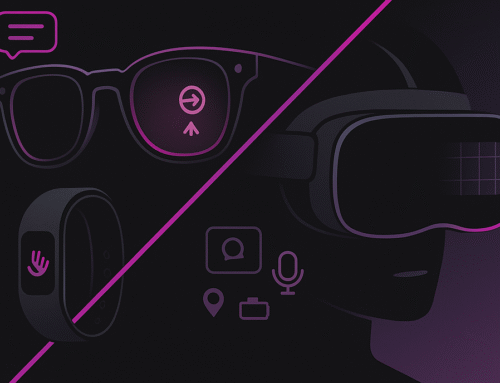
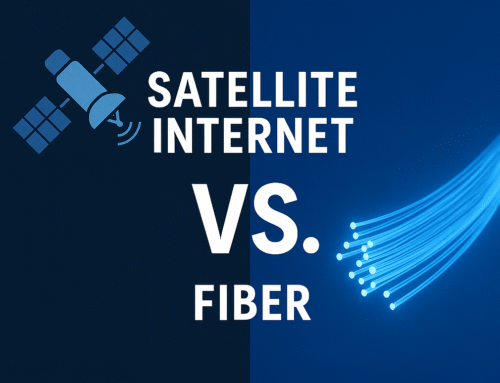
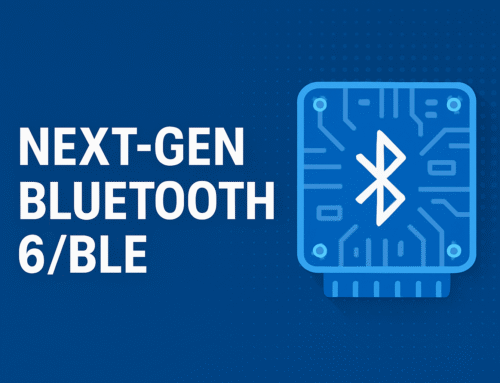

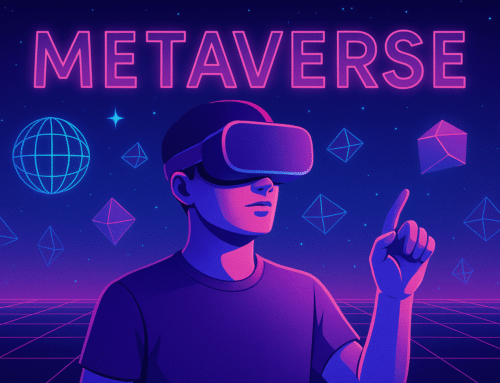
Leave A Comment
You must be logged in to post a comment.